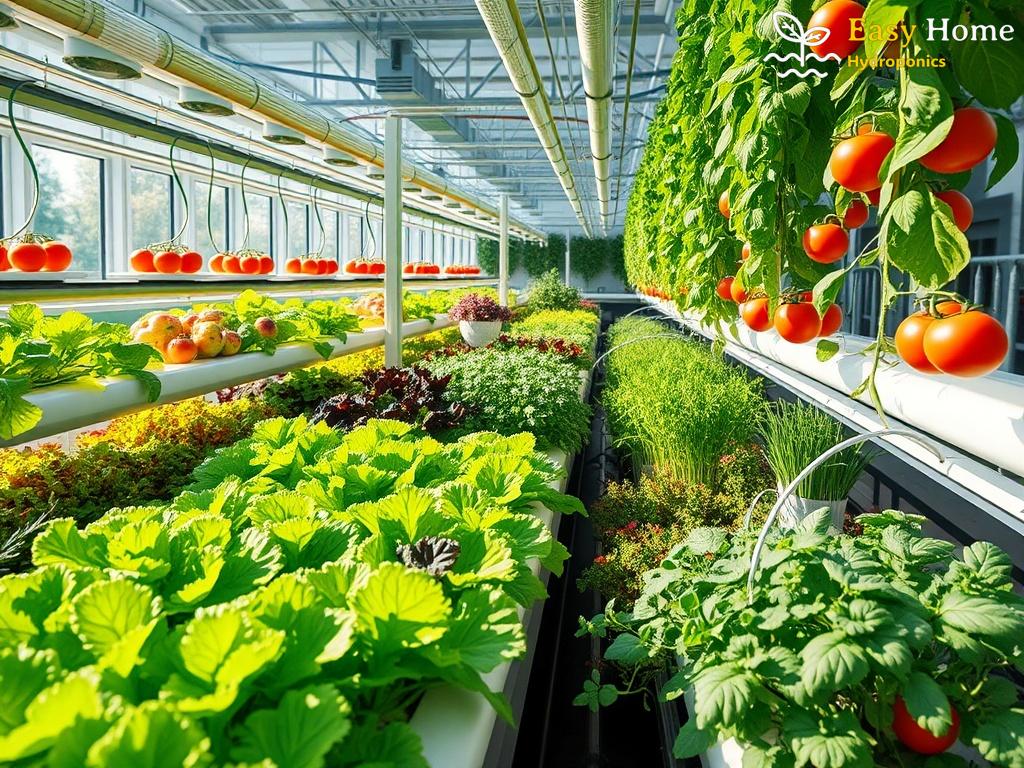Understanding Greywater: A Resource at Hand

In our quest for sustainable living, we often overlook a vital resource that flows right through our homes – greywater. This term encompasses all wastewater generated from household activities, except for toilet use. While concerns regarding hygiene and health risks often cloud the potential benefits of greywater, innovative approaches can transform it into a valuable asset for hydroponic systems. Imagine a world where every drop of water is utilized efficiently, reducing waste and improving our agricultural practices.
Transforming Greywater into a Nutrient-Rich Solution

To fully embrace the concept of utilizing greywater in hydroponics, we must first understand its potential. By treating greywater appropriately, we can create a nutrient-rich solution that significantly benefits our plants. Proper filtration, biological treatment, and chemical disinfection are critical steps in this process. The result is a safe, sustainable water source that can enhance plant growth without compromising health.
Here’s a brief comparison of the treatment stages involved in converting greywater for hydroponic use:
- Filtration: Removes large particles and debris.
- Biological Treatment: Utilizes natural processes to break down organic matter.
- Chemical Disinfection: Ensures pathogens are eliminated, making the water safe for use.
Best Practices for Safe Implementation
Incorporating greywater into hydroponic systems is not just about treatment; it requires a commitment to safety and best practices. Regular monitoring of water quality, understanding the types of soaps and detergents used, and ensuring the system is designed to prevent cross-contamination are essential steps. By adopting these practices, we can foster a healthier environment for our plants while minimizing risks to human health.
Embracing greywater in hydroponics is more than just a trend; it’s a movement towards sustainable living and responsible resource management. By taking the plunge into this innovative practice, we can inspire others to rethink their water usage and contribute to a greener planet.




